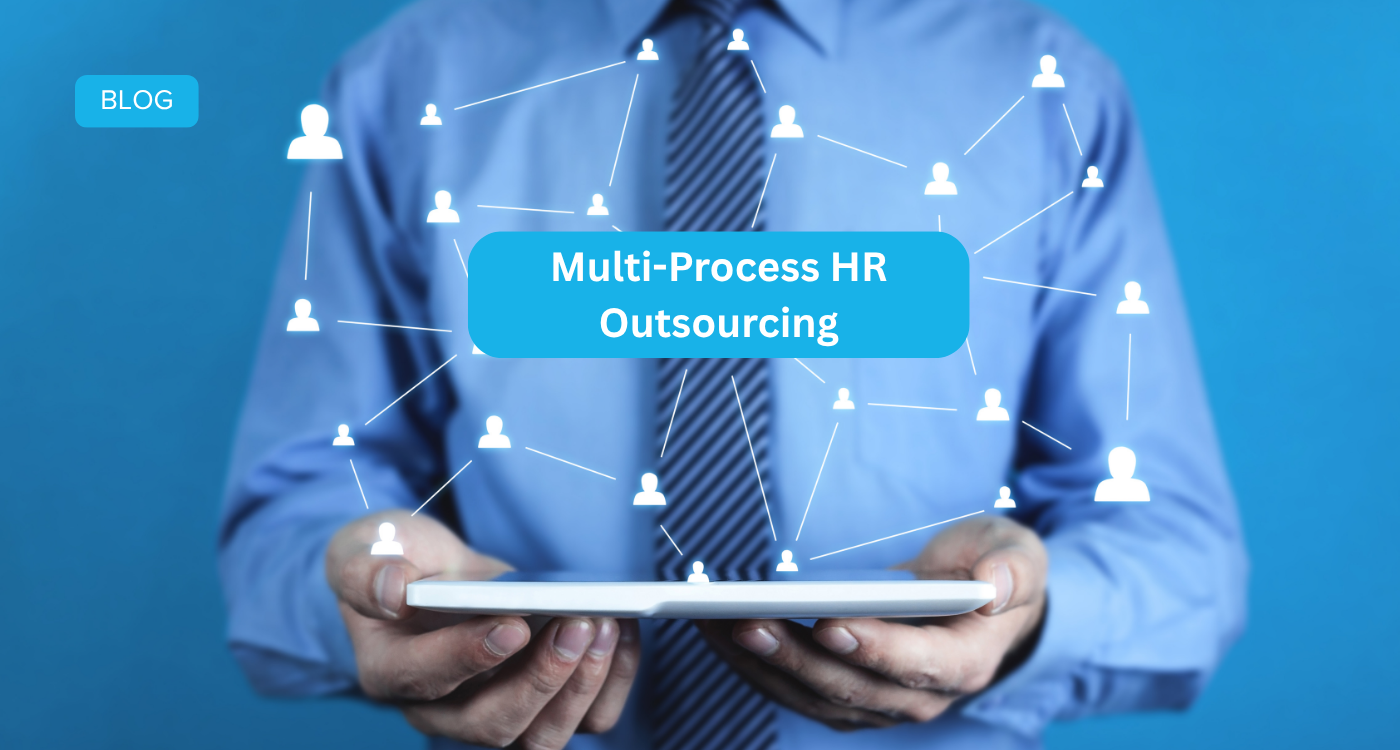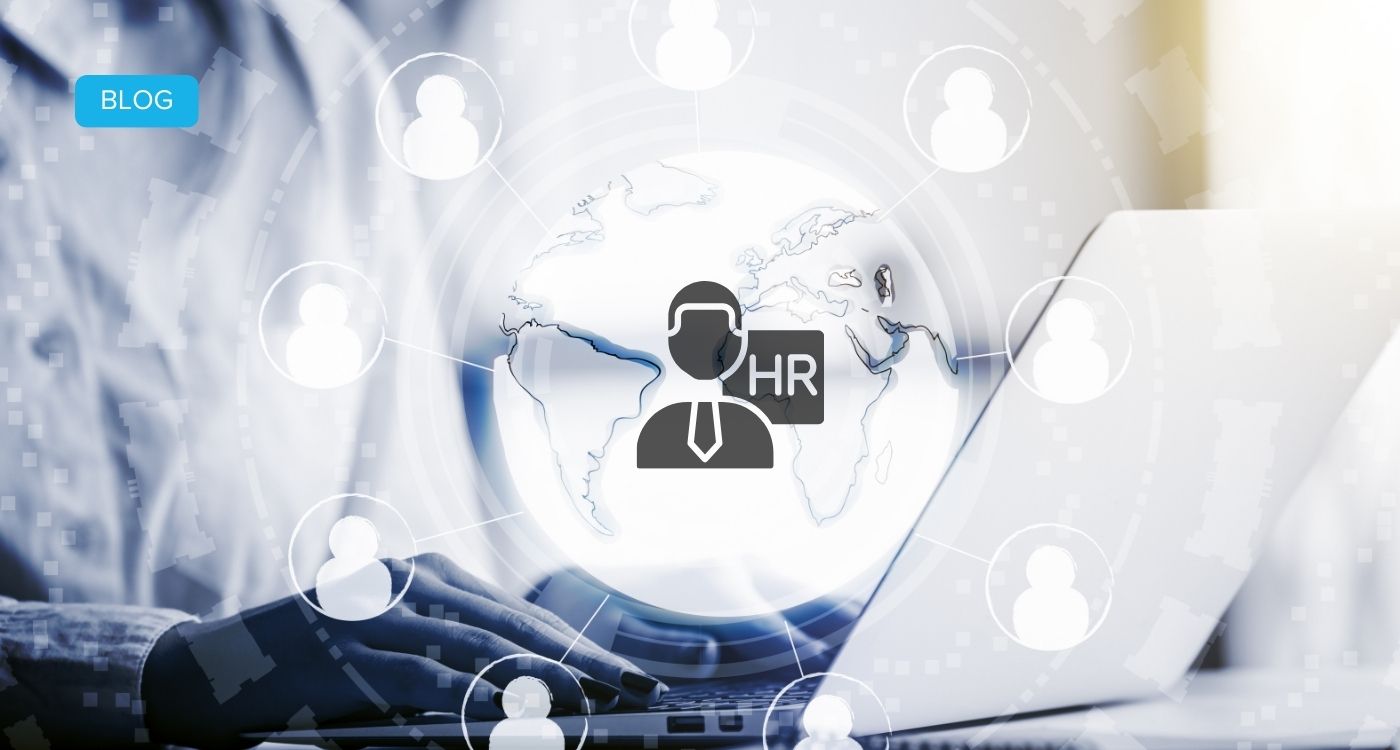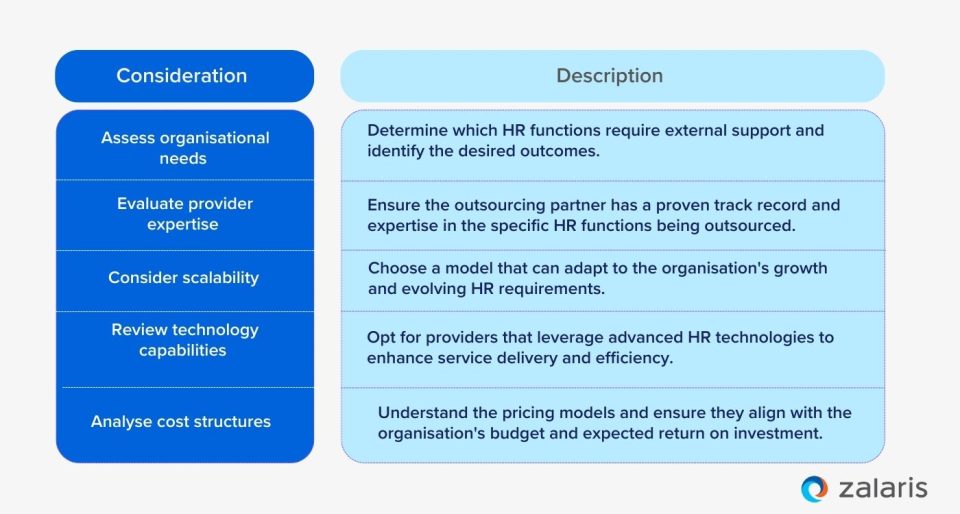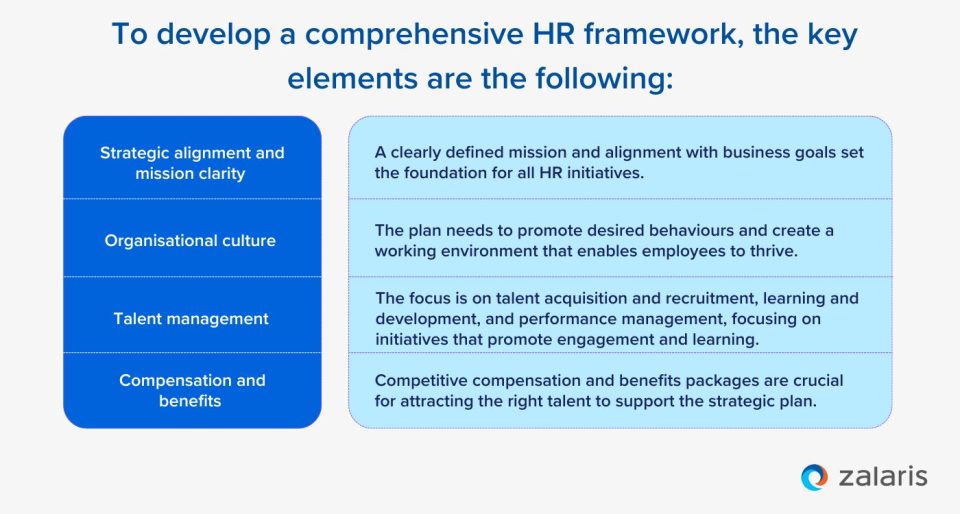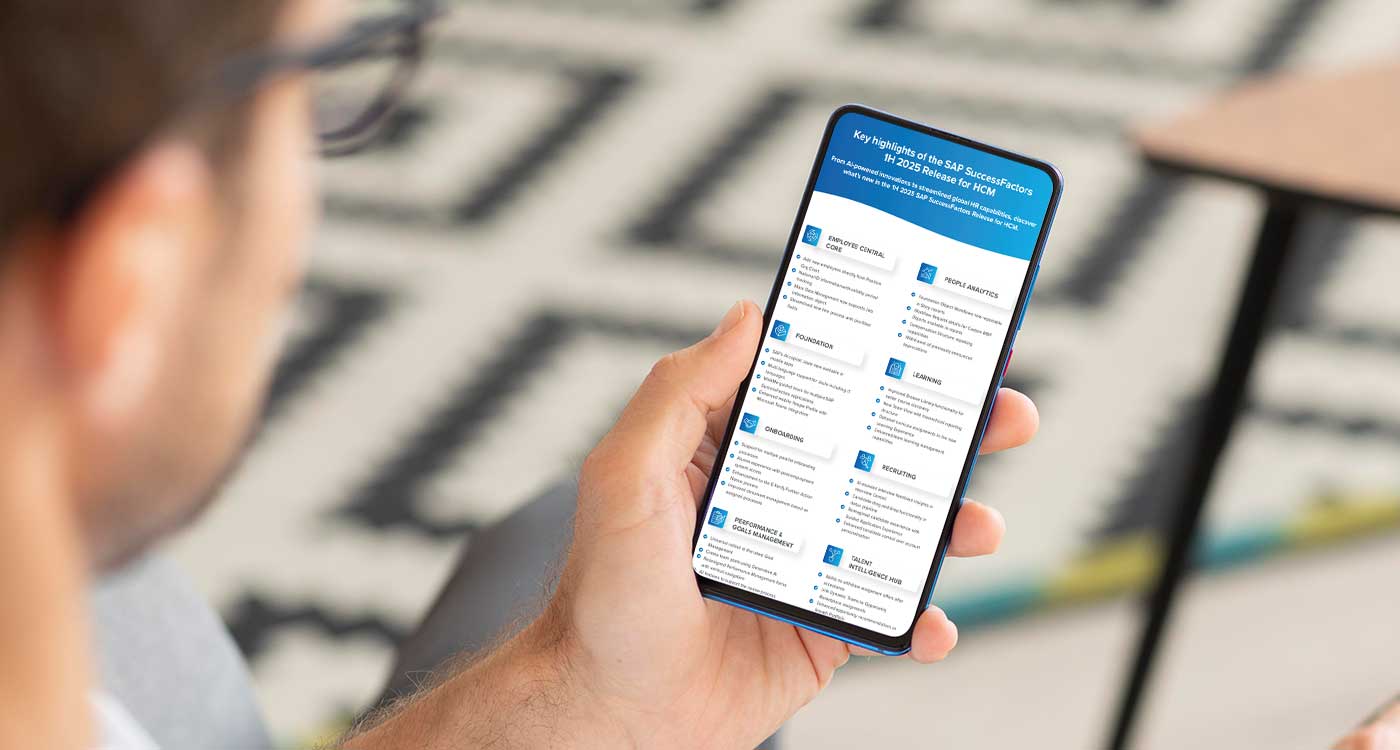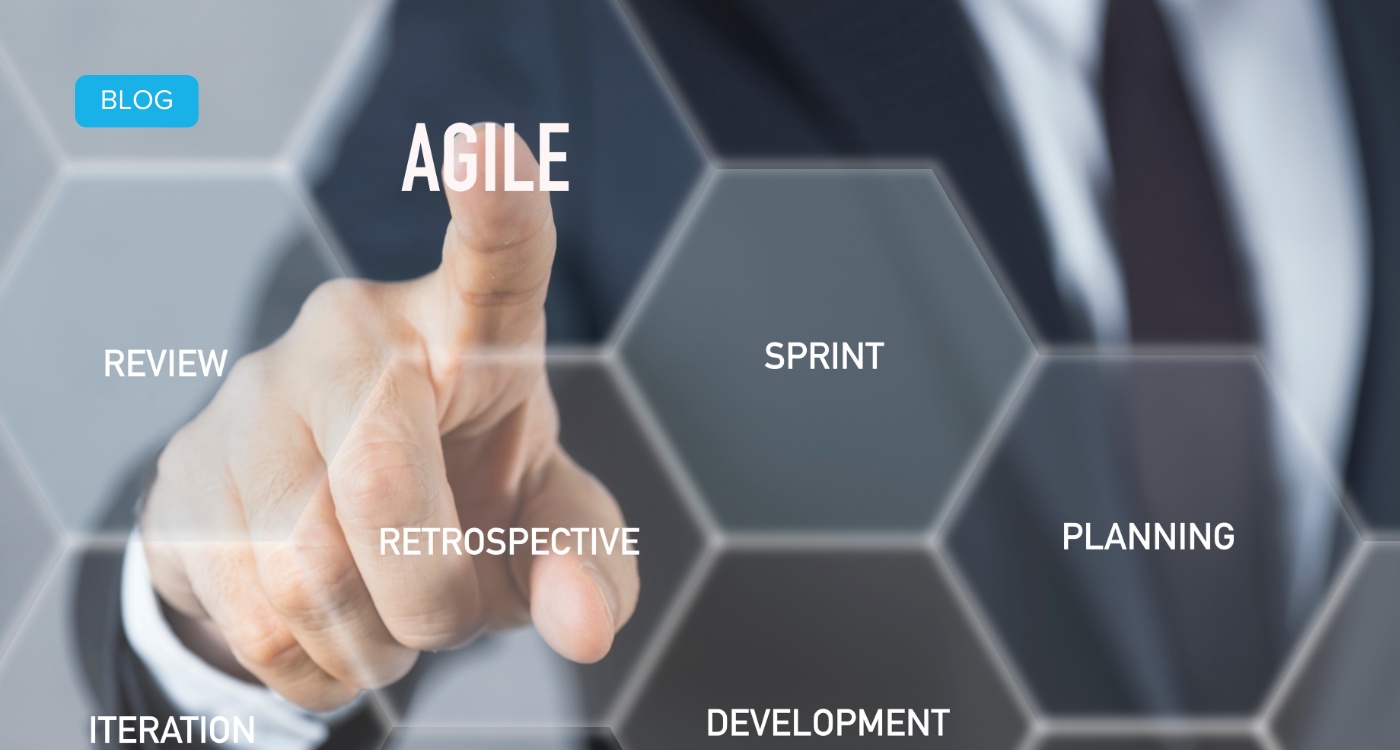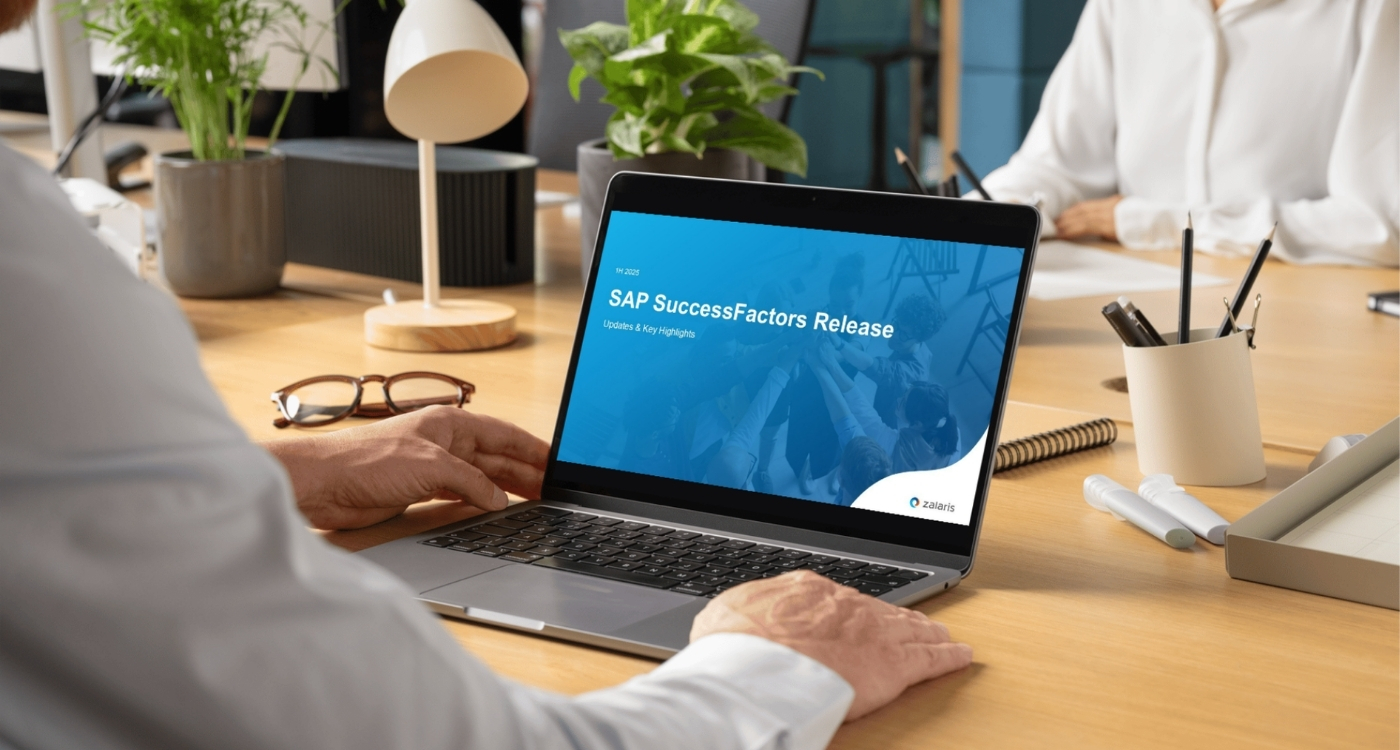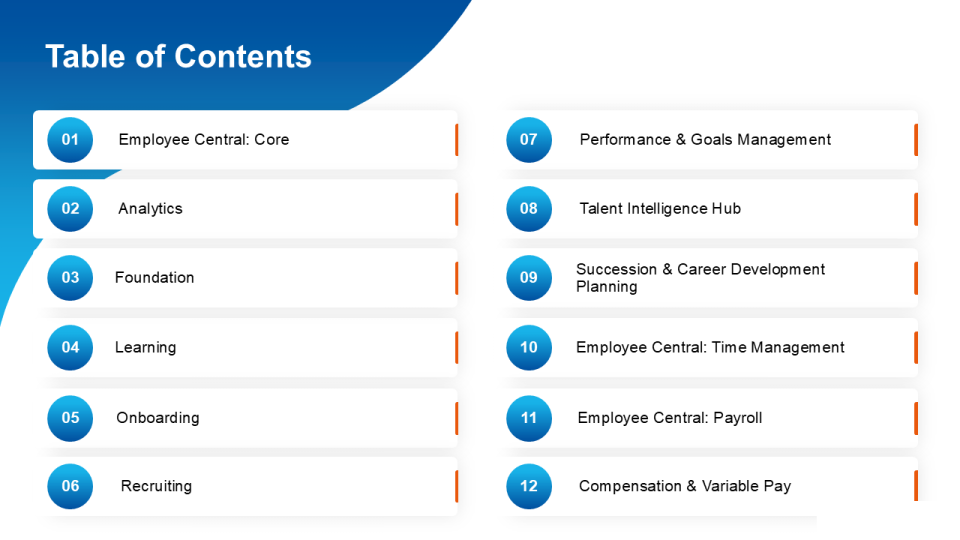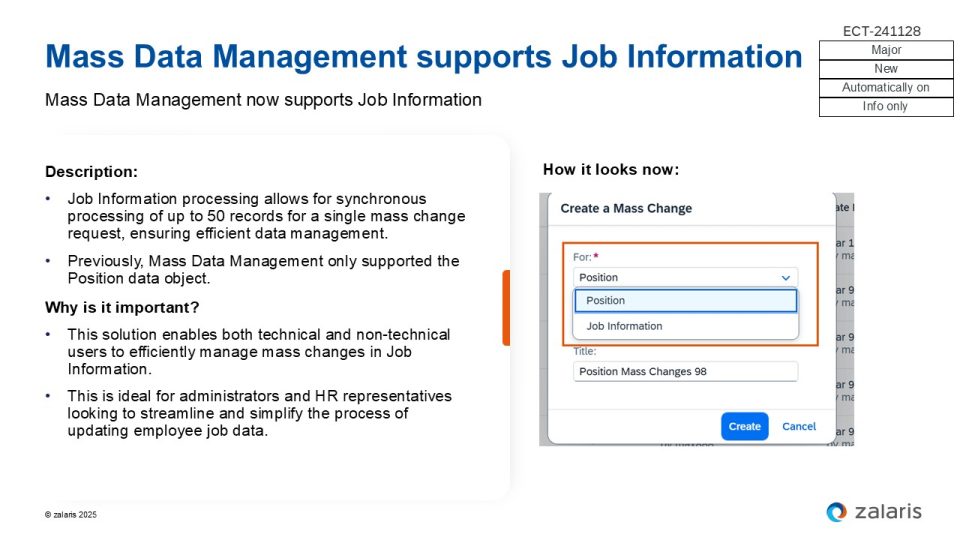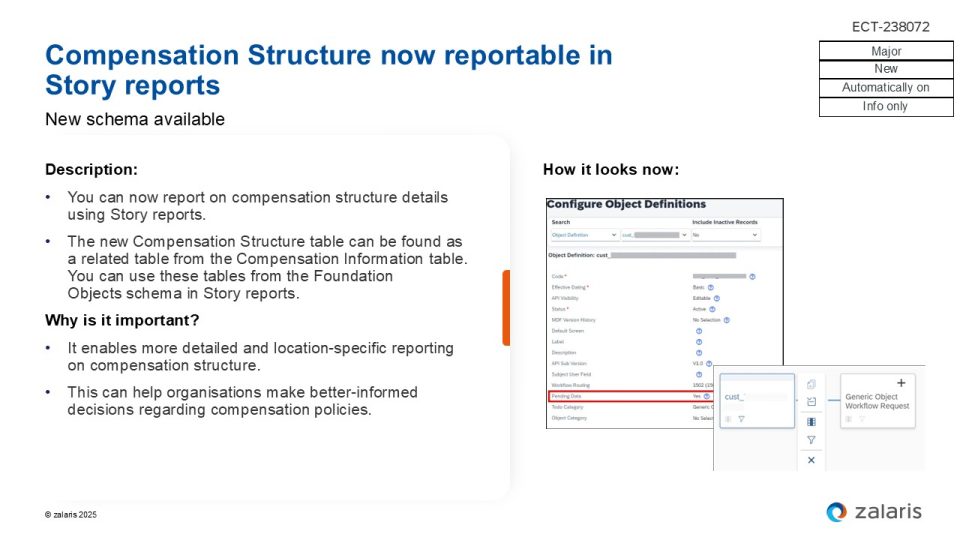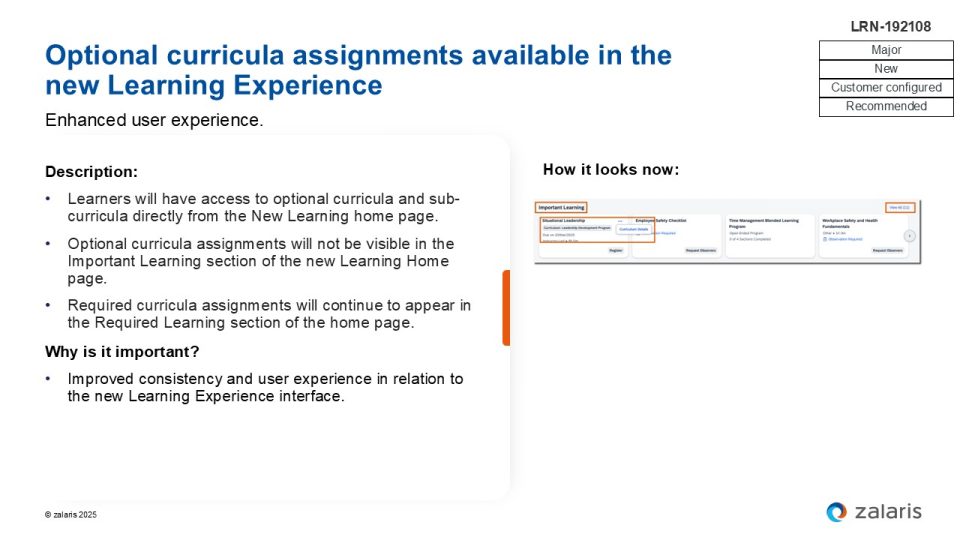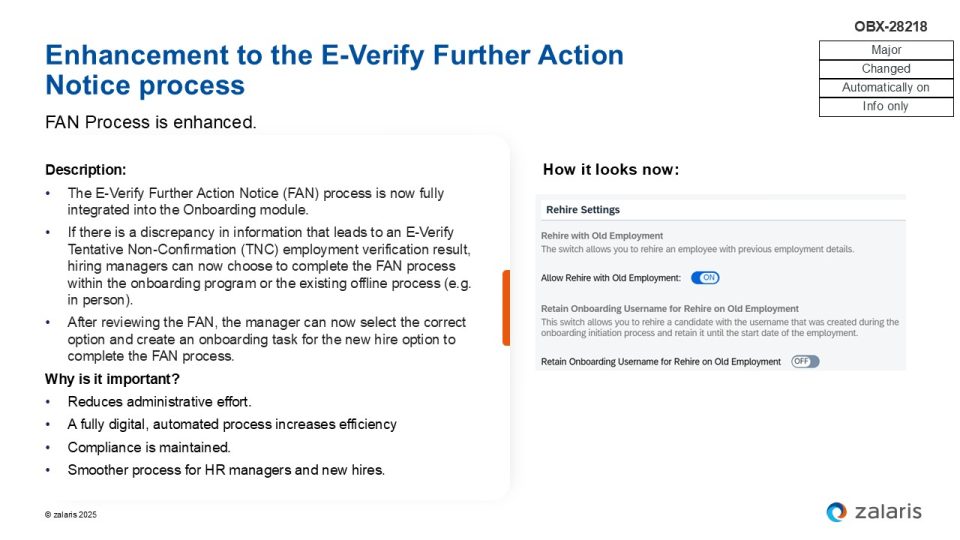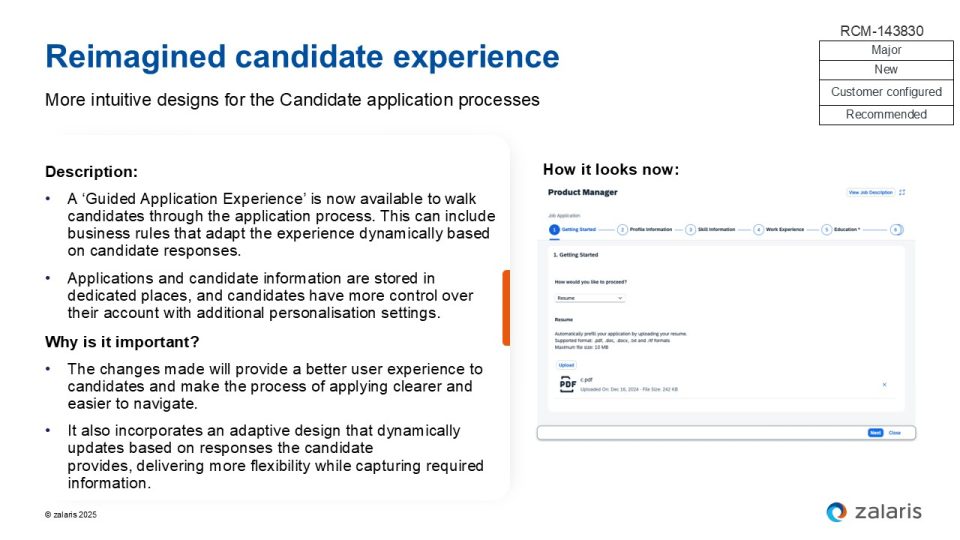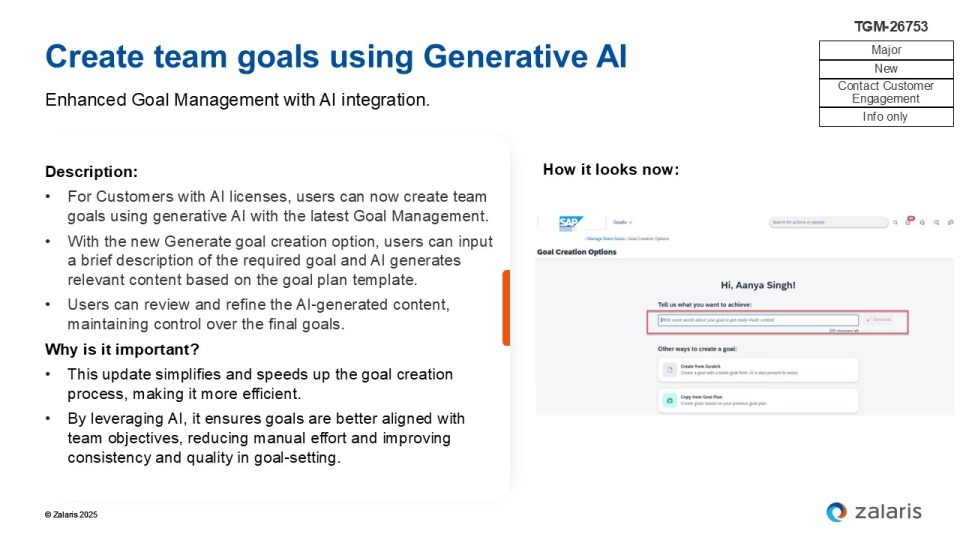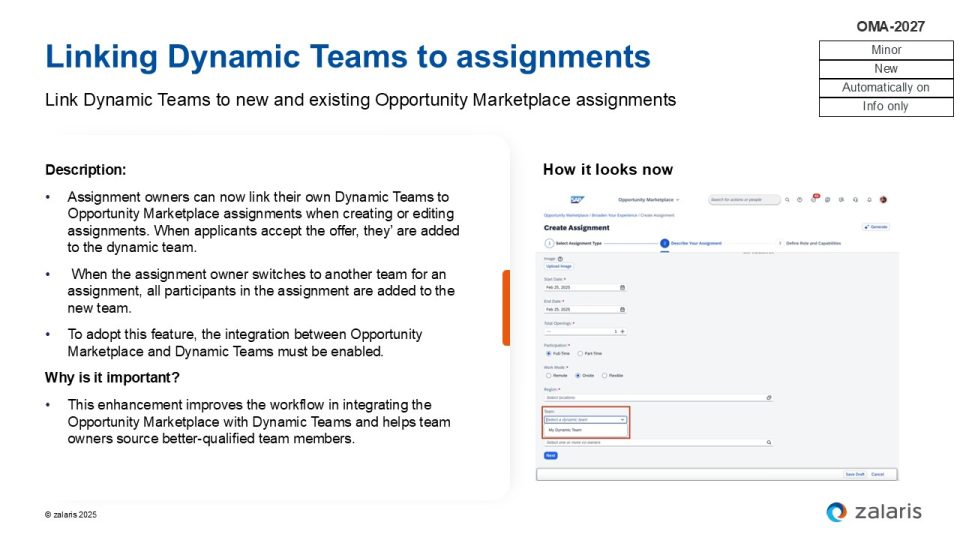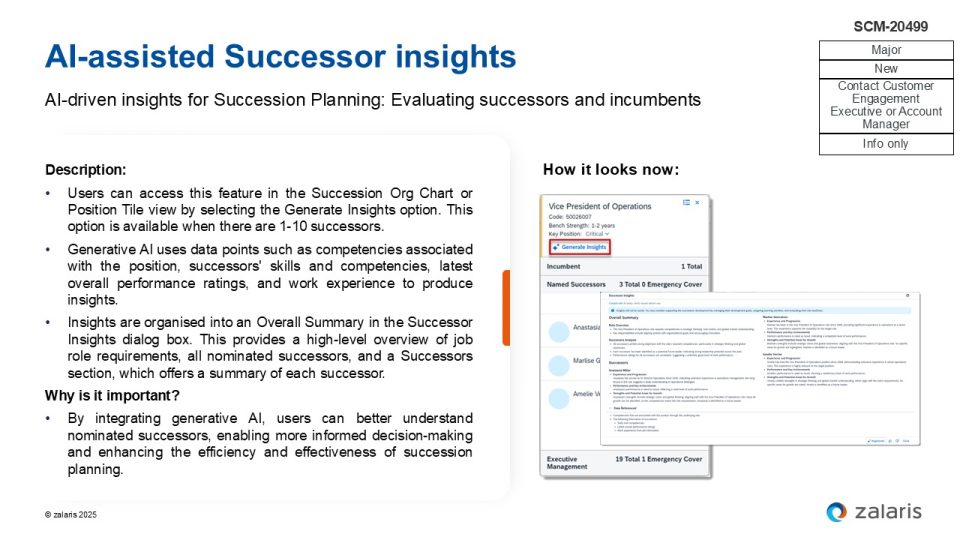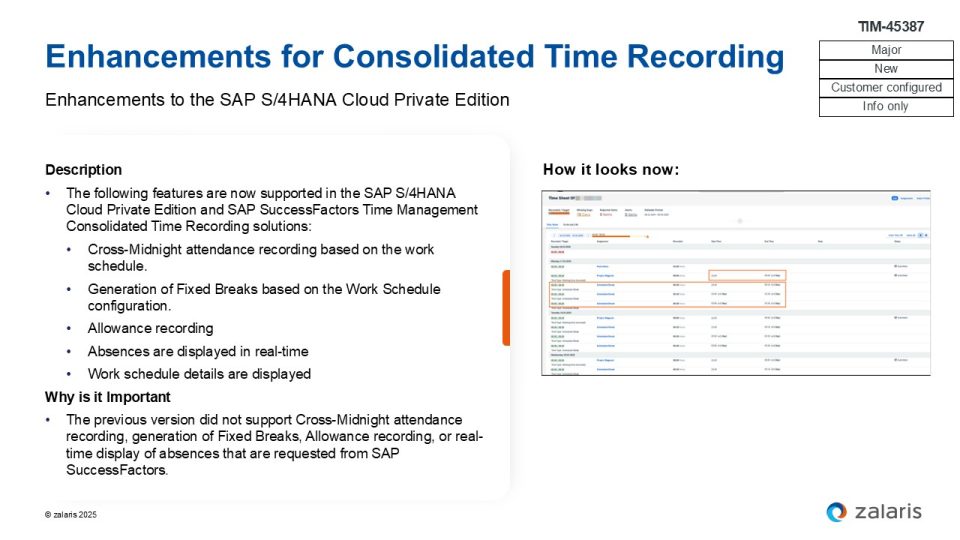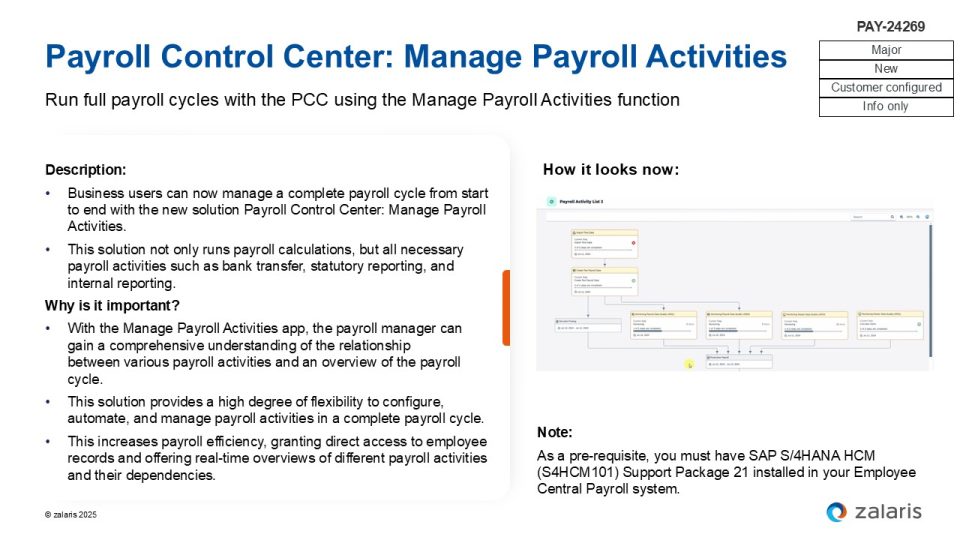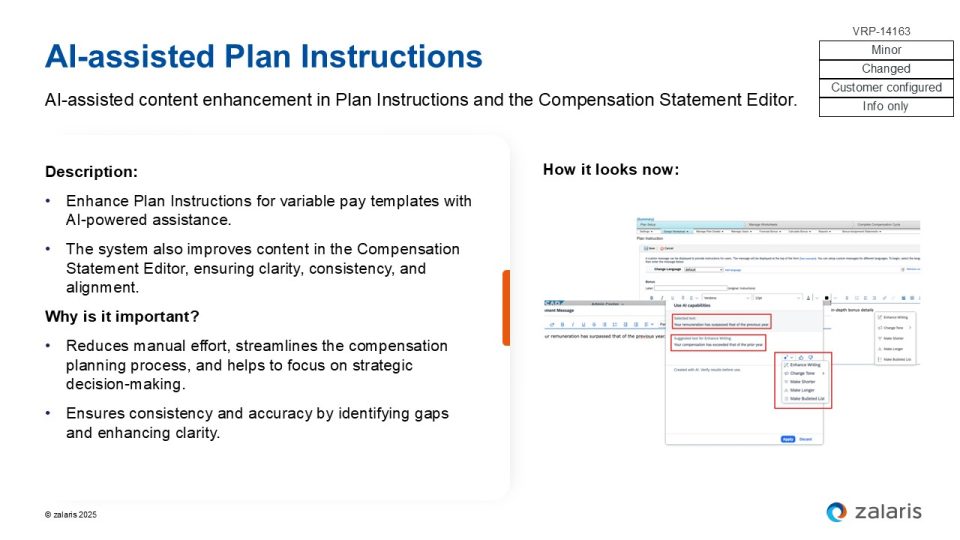Multi-Process HR Outsourcing (MPHRO) is an advanced HR service model that enables organisations to streamline multiple HR functions by entrusting them to a single, strategic outsourcing partner. Rather than handling payroll, time, recruitment, benefits administration, and compliance separately, businesses can consolidate these processes into a unified and integrated solution.
MPHRO providers offer end-to-end HR support, leveraging innovative technologies on cloud platforms such as seamless automation, continuous data synchronisation, AI-powered support, and real-time analytics to optimise workforce management.
Unlike single-process outsourcing, where only one HR function is outsourced at a time (e.g., payroll or recruitment), MPHRO centralises multiple processes under one provider. This approach eliminates fragmentation, reduces operational inefficiencies, and enhances overall workforce productivity. With HR functions becoming increasingly complex due to global and local compliance regulations, increasing expectations around employee experience, and evolving technologies, organisations are seeking comprehensive and standardised solutions across borders that decrease their administrative loads and facilitate strategic initiatives.
The demand for MPHRO is growing rapidly. According to a recent report from the Everest Group, the global MPHRO market is projected to expand at a CAGR of 7-9% through 2025. Read on to dive deeper into key MPHRO capabilities, differences between single-function solutions and MPHRO solutions, and the advantages and challenges of MPHRO.
What does MPHRO do?
Multi-Process HR Outsourcing consolidates all major HR functions under a single provider, ensuring seamless and efficient workforce management. Rather than relying on multiple vendors or handling HR tasks internally, organisations benefit from a unified outsourcing solution that provides continuous support.
The following functions are typically included in a MPHRO solution:
- Payroll processing: Employee compensation, tax calculations, and statutory compliance with local and international payroll regulations are managed by the HR partner. Automation is used to reduce payroll errors, minimise administrative burdens, and ensure accurate, timely payments.
- Recruitment and talent acquisition: MPHRO providers manage end-to-end hiring processes, including candidate sourcing, screening, and onboarding. AI-driven tools and analytics improve talent acquisition strategies, reducing hiring time while enhancing candidate quality.
- Employee benefits administration: Health insurance, retirement plans, paid leave, and other benefits are administered. A centralised approach ensures accuracy, timely updates, and compliance with regional regulations.
- Workforce analytics: HR data is collected and analysed to provide insights that support strategic decision-making. A centralised data system aids in tracking performance trends, design retention strategies and optimise workforce planning.
- Compliance management: HR providers ensure adherence to labour laws, industry regulations, and data protection policies such as GDPR and local employment laws. Legal risks are mitigated through continuous policy updates and alignment with regional requirements.
- Core HR services: Leverage simplified management of employee records, contract administration, and HR policy implementation. Centralised record-keeping ensures consistency across multiple locations, improving operational efficiency.
- Technology implementation and integration: A strategic HR partner can support the deployment and maintenance of HR technology platforms, including upgrading to newer systems. Different functions such as time and attendance and payroll are integrated to enable seamless data flow between HR, payroll, and workforce management tools.
- Standardised operations across countries: With an MPHRO system, various locations and countries can be unified under a single system, improving consistency in employee experience across the globe, centralising business data and ensuring effortless compliance with local payroll and data regulations.
Why do organisations prefer MPHRO over single-function HR systems?
When HR functions are managed separately, it often results in inefficiencies, errors, and a fragmented employee experience. The need to coordinate multiple vendors, manually reconcile data, and integrate systems can lead to operational slowdowns and an increased administrative workload. These issues are compounded when an organisation operates in multiple locations or countries and relies on isolated providers.
By consolidating HR processes under a single provider, redundancies are eliminated, operations are streamlined, and service delivery is enhanced. Administrative burdens on HR teams are reduced, and employees benefit from a unified and efficient HR experience.
Key differences between single-process and multi-process outsourcing:
| Single-Process HR Outsourcing | Multi-Process HR Outsourcing (MPHRO) | |
| Scope | Singular and isolated HR functions. | Multiple HR functions under one provider. |
| Scalability | Difficult to scale across multiple locations or countries. | Seamlessly scales to include more locations or countries. |
| Efficiency | Fragmented, requires multiple vendors. | Streamlined, reduces redundancies. |
| Technology | Separate platforms for each function. | Unified digital system. |
| Decision-making | Scattered data, limited insights; limited analytics and strategic support. | Centralised data for better decisions and continuous support from strategic partner. |
| Cost | Higher long-term costs due to inefficiencies. | Cost-effective, integrated system. |
| Compliance | Managed separately, risk of inconsistencies. | Holistic compliance across functions. |
| Employee Experience | Multiple providers, inconsistent service. | Seamless, integrated HR support. |
| Strategic value | Short-term solution, difficult to drive digital transformation and long-term efficiency. | Long-term solution that can grow with the organisation and drive innovation. |
Beyond functional services, HR partners also provide strategic guidance, design HR policies, drive innovation and create roadmaps for long-term success. The Hackett Group’s analysis of MPHRO providers revealed that 87% of buyers see their MPHRO providers as sources of both digital and thought leadership, underscoring the significant role these partnerships play in driving HR excellence.
Key ways in which MPHRO can enhance operational efficiency
Streamlining operations
MPHRO brings multiple HR functions into a single system, reducing redundancies and establishing seamless HR operations. By consolidating payroll, recruitment, benefits, and compliance management, organisations will no longer need separate systems or vendors.
Automation and cloud-based tools reduce manual tasks, speed up data processing, and minimise errors. For example, advanced payroll systems automatically update for changes in tax laws or employee benefits, ensuring seamless compliance with changing regulations. MPHRO also helps organisations manage challenges like budget limitations and data inconsistencies.
Improving decision-making
MPHRO centralises all HR data into one system, enabling organisations to make informed decisions faster. This makes it easier to analyse trends and draw insights into metrics like employee performance, turnover rates, and recruitment timelines. With continuous access to real-time reports, HR leaders can identify and mitigate emerging issues.
A study by The Hackett Group found that organisations using MPHRO are better at handling challenges like budget constraints and data inconsistencies compared to organisations relying on single-process outsourcing. Centralising HR functions allows for quicker, more informed decisions, which helps organisations stay agile and focused on their goals.
Enhancing productivity and employee experience
By outsourcing administrative HR tasks, MPHRO allows HR teams to focus on strategic priorities such as employee development, engagement, and workforce planning. This shift improves HR’s overall impact on business growth.
MPHRO can also enhance the employee experience through self-service portals. These portals let employees manage their personal information, payslips, benefits, and time off with ease, reducing their reliance on HR teams for basic requests.
As Forbes notes, today’s employees expect HR systems to be as user-friendly as the consumer technology they use daily. A clunky, fragmented HR system can cause frustration and impact daily productivity.
Driving HR transformation
MPHRO solutions often include HR transformation services that help organisations move beyond administrative tasks and focus on strategic objectives. Continuous management support and smooth integrations can ensure that your organisation stays up to date with emerging HR technologies and maintains business continuity.
Challenges and costs associated with migrating to modern HR systems can be significantly reduced by partnering with HR outsourcing providers with expertise in HR integrations and implementations.
Overcoming challenges in Multi-Process HR Outsourcing
While MPHRO offers numerous benefits, organisations must address certain challenges to ensure successful implementation:
- Balancing standardisation and customisation: MPHRO provides a unified approach to HR, but organisations with diverse regional operations may require customised processes based on local regulations and compliance rules. Organisations and their HR partners must strike the right balance between standardised global HR frameworks and local adaptations.
- Change management and internal adoption: Transitioning to MPHRO requires a shift in processes, technology, and employee expectations. Resistance to change, lack of internal alignment, and inadequate training can hinder adoption. A well-structured change management plan – including clear communication, leadership buy-in, and employee training – can drive smooth transitions and ensure long-term success.
- Integration with existing systems: Seamless integration between the new HR systems and the organisation’s existing platforms is essential to maintain operational continuity. Partnering with experienced integration specialists can facilitate this process.
- Data migration complexities: Moving large volumes of HR data from multiple legacy systems into a centralised MPHRO platform is a complex process. Ensuring data accuracy, avoiding duplication, and preventing data losses requires meticulous planning and execution.
- Loss of direct control over HR processes: While MPHRO enhances efficiency, some organisations may hesitate to relinquish direct control over critical HR functions. Establishing clear service-level agreements (SLAs), governance frameworks, and regular reports ensures transparency and alignment with business objectives.
- Selecting the right HR outsourcing partner: Organisations should evaluate potential MPHRO providers based on their ability to tailor solutions to unique needs, local presence in regional markets, and continuous support.
Adopting Multi-Process HR Outsourcing can significantly enhance organisational efficiency by streamlining HR and Payroll operations, improving decision-making, and freeing-up internal HR capacity to focus on what matters the most: your people. As the MPHRO market continues to grow, organisations have the opportunity to partner with experienced HR services providers like Zalaris to ensure long-term success.
If you are looking for a comprehensive solution to HR and Payroll management? Zalaris’ HR Excellence services include four powerful hubs to deliver holistic HR experiences. Manage everything from payroll to talent with ease using the centralised, multi-location HR Operations Hub. Smooth HR ramp-ups and seamless tech integrations are powered by the HR Transformation Hub. The HR Process Hub ensures top-tier efficiency and compliance with expertly designed HR processes by subject matter experts. HR Partner Plus offers on-demand HR Business Partners without the cost of full-time hires.
Interested in knowing more? Get in touch with our experts today.
